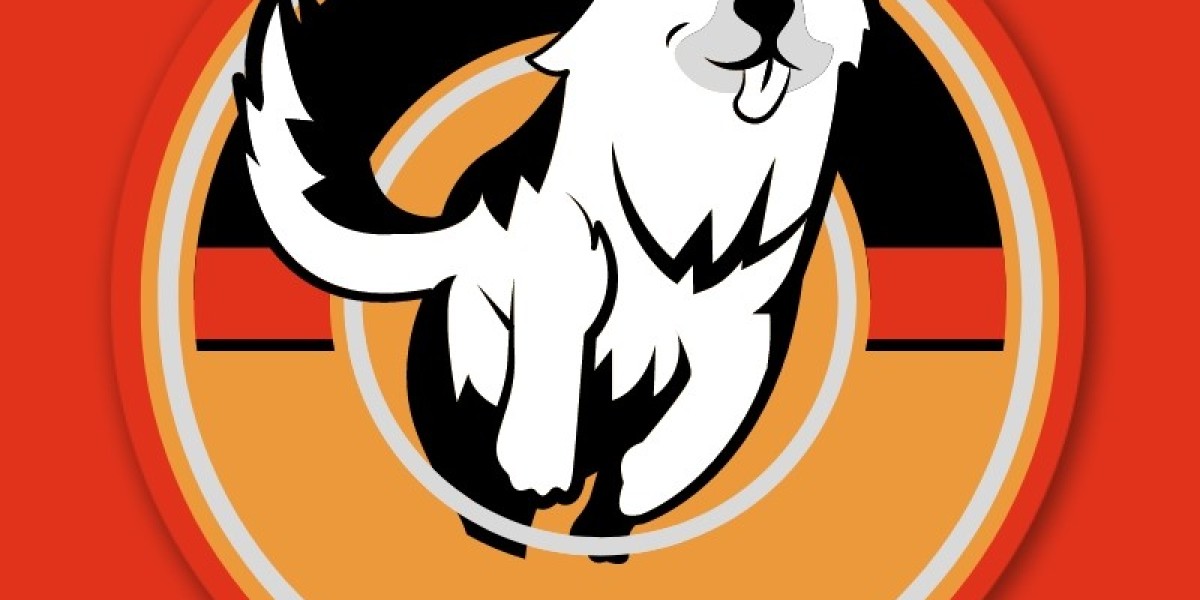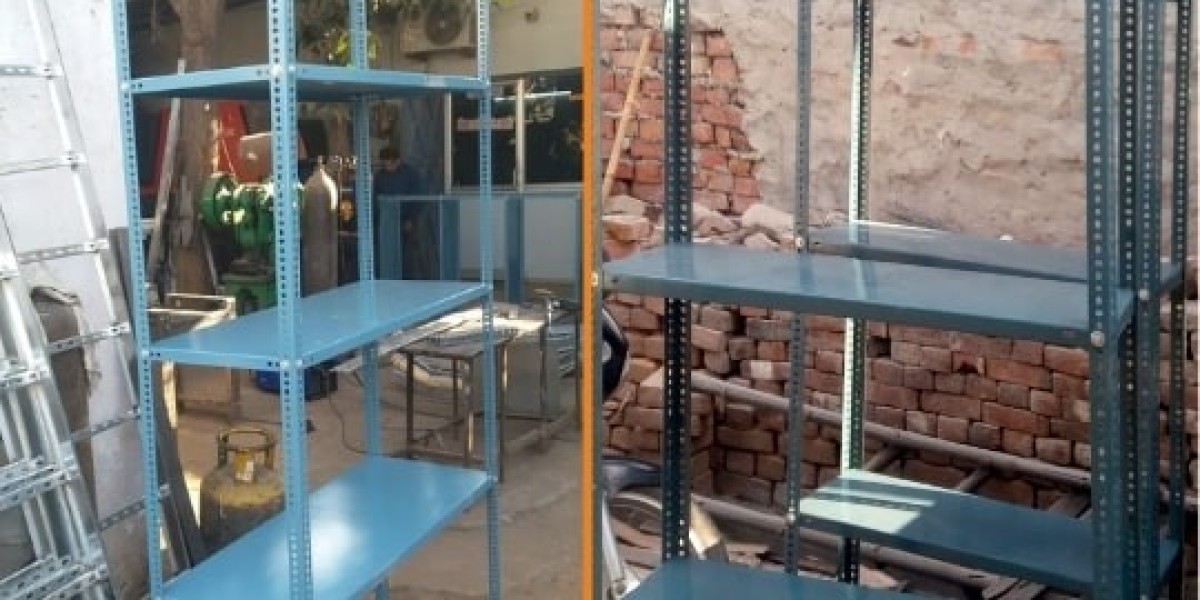Embroidery digitizing is the process of converting artwork into digital instructions that embroidery machines use to stitch designs onto fabric. This transformation involves meticulous planning, especially regarding compensation techniques like push and pull adjustments. These techniques are crucial for ensuring that the embroidered design matches the original artwork accurately.
Understanding Push and Pull Compensation
Push Compensation: Push compensation refers to adjusting the stitching path to account for the fabric's tendency to stretch or push outward during embroidery. This adjustment prevents gaps between stitches and ensures that the design retains its intended shape and density.
Pull Compensation: Pull compensation involves modifying the stitching path to counteract the fabric's tendency to contract or pull inward during embroidery. This adjustment helps in preventing puckering and distortion, particularly in denser or more intricate designs.
Machine Embroidery Digitizing Techniques
In machine embroidery digitizing, mastering push and pull compensation techniques is essential for achieving high-quality results. Here's a detailed look at each technique:
Push Compensation Techniques:
- Stitch Density Adjustment: Increasing stitch density in areas prone to push can minimize gaps and maintain design integrity.
- Underlay Stitches: Strategically placed underlay stitches provide additional support, minimizing fabric push effects.
Pull Compensation Techniques:
- Directional Stitching: Altering stitch direction can alleviate pull effects, especially in designs with long stitches.
- Tension Adjustment: Fine-tuning thread tension helps in controlling fabric pull and reducing distortion.
Factors Affecting Compensation
Several factors influence the effectiveness of push and pull compensation techniques:
Fabric Types: Different fabrics (e.g., cotton, polyester, denim) have varying stretch and pull characteristics, requiring tailored compensation adjustments.
Thread Types and Weights: Thinner threads exert less pull on the fabric than thicker ones, influencing compensation needs.
Design Complexity: Intricate designs with small details or large solid areas may require different compensation strategies to maintain quality.
Best Practices in Digitizing Compensation
To optimize embroidery results, consider the following best practices:
- Test Stitching: Always conduct test runs on similar fabrics to gauge the effectiveness of compensation adjustments.
- Use of Software Tools: Utilize embroidery digitizing software features that automate push and pull compensation adjustments.
- Expertise and Experience: Develop proficiency in recognizing fabric behavior and anticipating compensation requirements.
Conclusion
Mastering push and pull compensation techniques in embroidery digitizing is essential for producing high-quality, professional embroidery. By understanding these techniques and applying them effectively, embroiderers can achieve precise results that faithfully replicate original designs on various fabrics.
FAQ Section
What is push compensation in embroidery digitizing? Push compensation involves adjusting stitch paths to accommodate fabric stretching tendencies, ensuring uniform stitch coverage.
How does pull compensation affect embroidery designs? Pull compensation counteracts fabric contraction, minimizing puckering and maintaining design integrity.
How do fabric and thread choices influence compensation? Different fabrics and thread weights require tailored compensation adjustments to achieve optimal embroidery results.
What are the best practices for adjusting compensation in digitizing? Conducting thorough test stitchings, utilizing software tools, and leveraging expertise are key to effective compensation adjustments.
How can I avoid puckering and distortion using compensation techniques? Implementing precise pull compensation techniques and fine-tuning thread tension can mitigate puckering and distortion issues.







